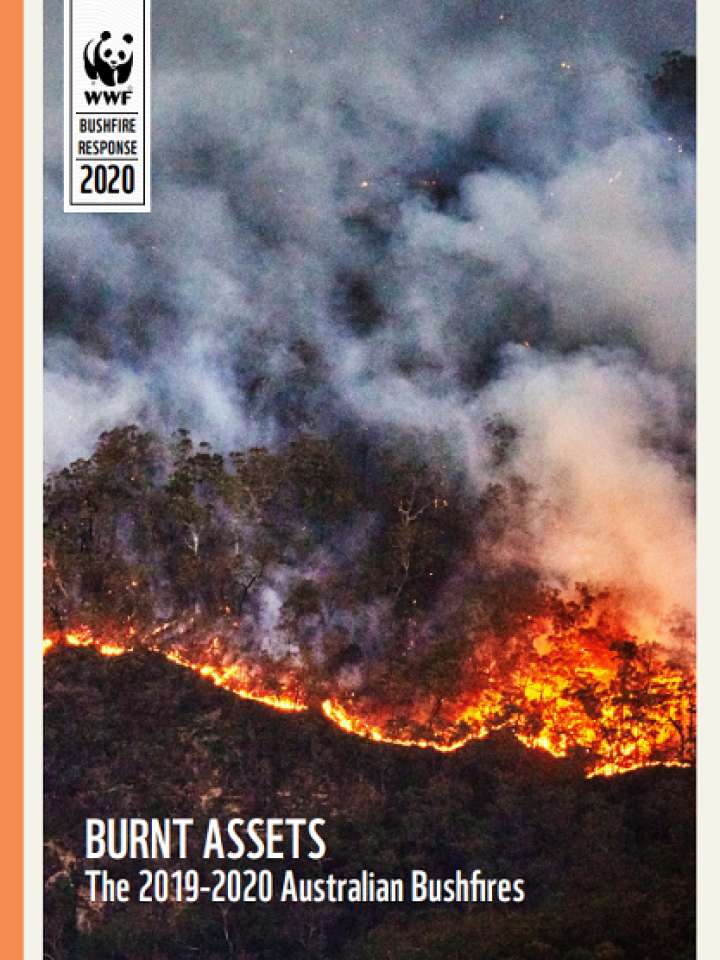BURNT ASSETS The 2019-2020 Australian Bushfires
The recent bushfires in Australia have attracted worldwide attention. With over 12m hectares burnt so far – roughly the size of England – the bushfires are truly a disaster of global proportions. There has been tragic loss of human lives, people severely injured, livestock killed, homes, buildings and infrastructure destroyed, while the impacts on forests and wildlife are almost unimaginable. Understandably, the immediate response focused on rescue, recovery and rapid deployment of humanitarian assistance.
This report explores how to value the environmental impacts of bushfires, illustrated with a simple analysis of how greenhouse gas emissions from bushfires reduce forest carbon (stocks), which are then partially restored through natural regrowth (flows). We also look at the potential benefits from restoring forest carbon, expressed in terms of avoided climate change damages. A similar approach may be used to assess impacts on natural ecosystems and native flora and fauna, which provide on-going pollination and pest control services to agriculture, clean air and water filtration, recreational benefits and a host of other valuable benefits.
